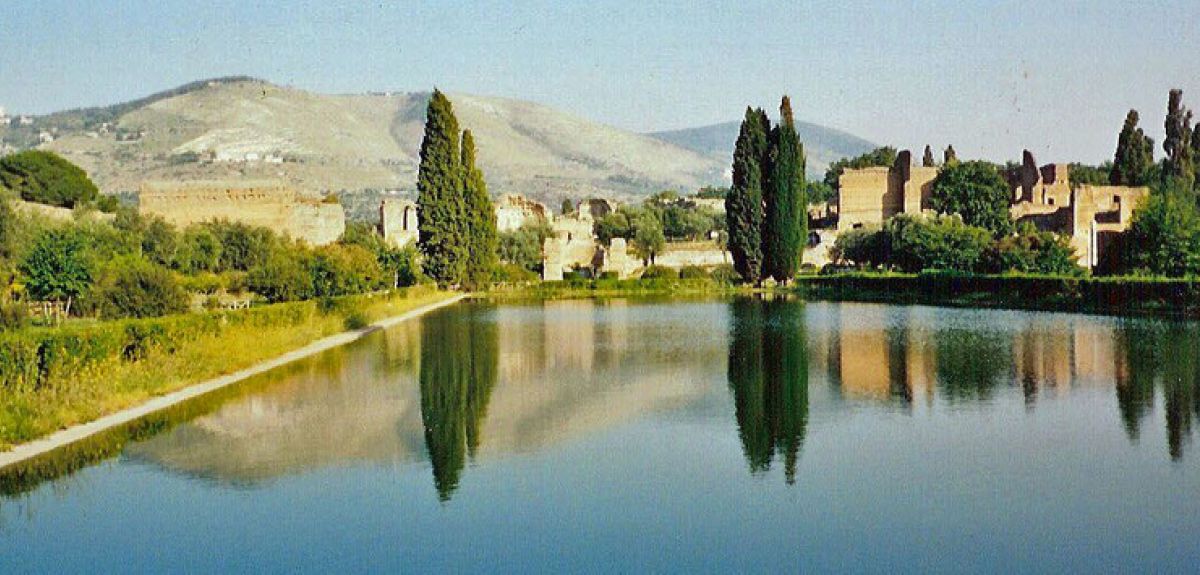
mksfca (Flickr Creative Commons)
Free public lectures on art history begin
The first of Oxford University’s Slade Lectures for 2017 will be held tomorrow (18 January).
The Slade Lectures are annual lectures about art history. This year’s speaker is Caroline van Eck, who was appointed as Cambridge University’s first established professor of the history of art in October 2016.
Her public lectures will be held every Wednesday at 5pm in the Mathematical Institute on Oxford’s Radcliffe Observatory Quarter, between 18 January and 8 March.
'These lectures, with their starting point in artworks held here in Oxford in the Ashmolean Museum, promise to be intellectually enlivening as well as visually rich, and will be of interest to anyone who cares about how objects work their effects on the people who collect and view them,’ says Craig Clunas, Professor of the History of Art at the University of Oxford.
‘I am looking forward to these public and open lectures immensely, and look forward too to welcoming their audience to a highly stimulating series.'
The title of the lecture series will be ‘the material presence of absent antiquities: collecting excessive objects and the revival of the past’.
The Slade Lectures were founded in 1869 after a bequest from the art collector Felix Slade in 1869.
John Ruskin gave the first series of eight public lectures in 1870. In his inaugural lecture he announced that he was setting up the Ruskin School of Drawing, which is now the Ruskin School of Art.
For art history fans, here is Professor van Eck with a preview of this year's lectures:
'What happens when we consider the great changes that transformed the European art world around 1800 not, as is usual, from the perspective of the human actors or the institutions involved but from that of the objects, their presence, agency and materiality?
Starting from the outsize candelabra Piranesi made from Roman fragments excavated at Hadrian's Villa, two of which are now in the Ashmolean Museum, this year the Slade Lectures will trace the issues of authenticity, agency, and living presence these truly excessive objects raise, as well as the anthropological and psychological ramifications of the intense emotional investment by patrons, artists and collectors in Graeco-Roman objects.
Starting from the biographies of these candelabra and related artefacts, these Lectures will argue that a material turn took place in the decades around 1800 that affected both making and collecting art, as well as the origins of the major European museums.'
The full list of lectures is available here.